My name is Ronald Atkinson. I am a music education student here at Kansas State University. Feel free to connect with me, anytime that you please. I am also a counselor, helping to serve the needs for improving college relationships, and relationships of all ages. If you look below at my links, there are a lot of ways you can find me and communicate with me with. I also would love to share my interest in the things that I find interesting, in hopes that you might like, and stuff that you can share. As a future educator, it’s also about how you can impact others as well. M
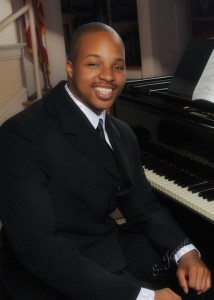 usic touches a lot of lives in our children where I’m from. You would be amazed on how creative the students are when it comes to producing, recording, and performing their own music. Whether it’s rap, R&B, musical theater, and much more. From watching my mother teach for so many years, and having to teach me, I can see how it can be frustrating. But it’s always best to show students their creative side. With the things that enhanced me such as my past, and values, I want to influence others on how they can further take a role in the music world. I’m not focusing on one specific area but rather on an overall perspective of music. For example, I started out on piano, and tuba…. Maybe I would like to direct and lead a choir or a symphony orchestra. Perhaps a Broadway music director, or other areas where needed. Another is to gain an interest for students to take learning seriously and broaden their aspects of a world culture view in music. I think one of the big factors of dealing with teaching is that you will often be criticized by whomever. Teaching can get very frustrating but I don’t see teaching as a job, I see it as a blessing, and a passion. It takes a lot of effort and dedication to wake up and going out to your job. Which is why I stuck with music from middle school to present time.
usic touches a lot of lives in our children where I’m from. You would be amazed on how creative the students are when it comes to producing, recording, and performing their own music. Whether it’s rap, R&B, musical theater, and much more. From watching my mother teach for so many years, and having to teach me, I can see how it can be frustrating. But it’s always best to show students their creative side. With the things that enhanced me such as my past, and values, I want to influence others on how they can further take a role in the music world. I’m not focusing on one specific area but rather on an overall perspective of music. For example, I started out on piano, and tuba…. Maybe I would like to direct and lead a choir or a symphony orchestra. Perhaps a Broadway music director, or other areas where needed. Another is to gain an interest for students to take learning seriously and broaden their aspects of a world culture view in music. I think one of the big factors of dealing with teaching is that you will often be criticized by whomever. Teaching can get very frustrating but I don’t see teaching as a job, I see it as a blessing, and a passion. It takes a lot of effort and dedication to wake up and going out to your job. Which is why I stuck with music from middle school to present time.

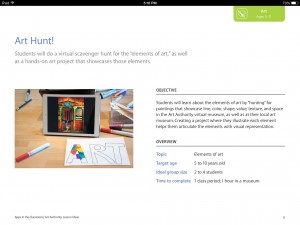
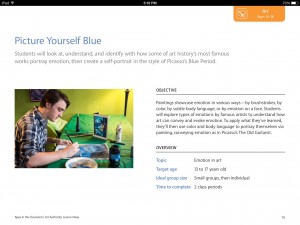 This App isn’t just about Art, but you can also incorporate literacy, for example, you can allow poetry to be mixed in with the art, as well as reading different styles. Below are different photos. As the grade level progresses, the activities get more mature, and once it gets to the middle and high school level, you actually do some hands on art. This would be a great activity to use in the classroom for historical purposes, but great to learn about things that are visual. It will be great to use this instead of going to the museum. This App may require an in App purchase.
This App isn’t just about Art, but you can also incorporate literacy, for example, you can allow poetry to be mixed in with the art, as well as reading different styles. Below are different photos. As the grade level progresses, the activities get more mature, and once it gets to the middle and high school level, you actually do some hands on art. This would be a great activity to use in the classroom for historical purposes, but great to learn about things that are visual. It will be great to use this instead of going to the museum. This App may require an in App purchase.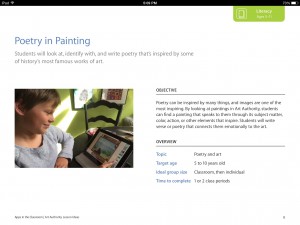
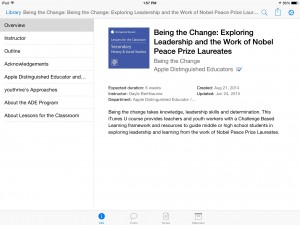
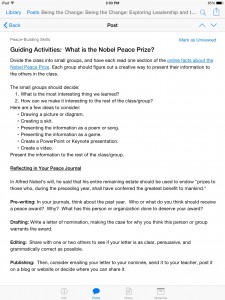
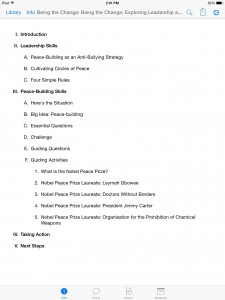
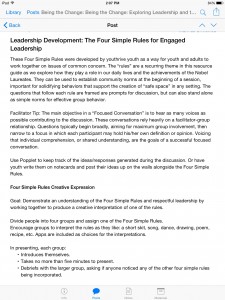
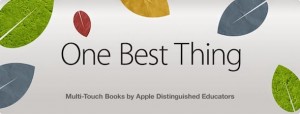
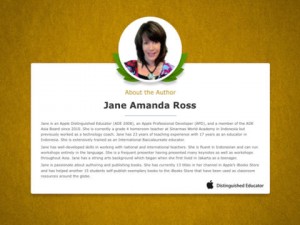


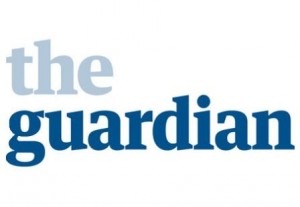 Guardian
Guardian